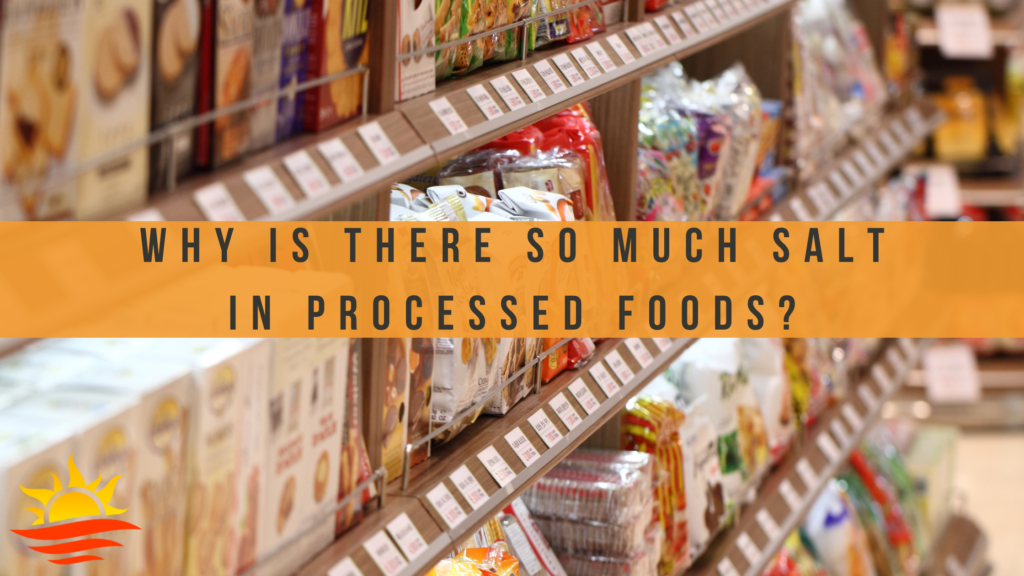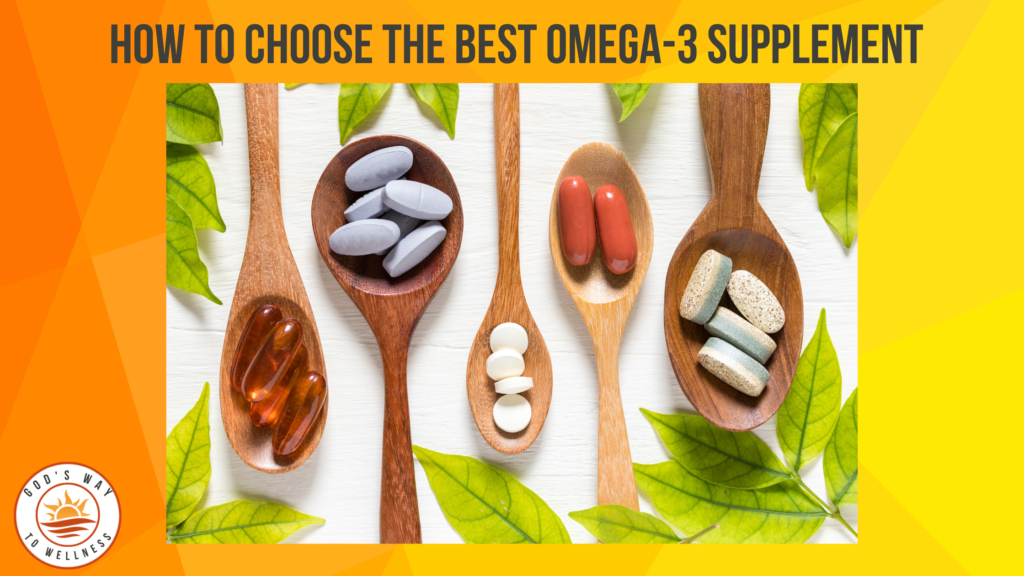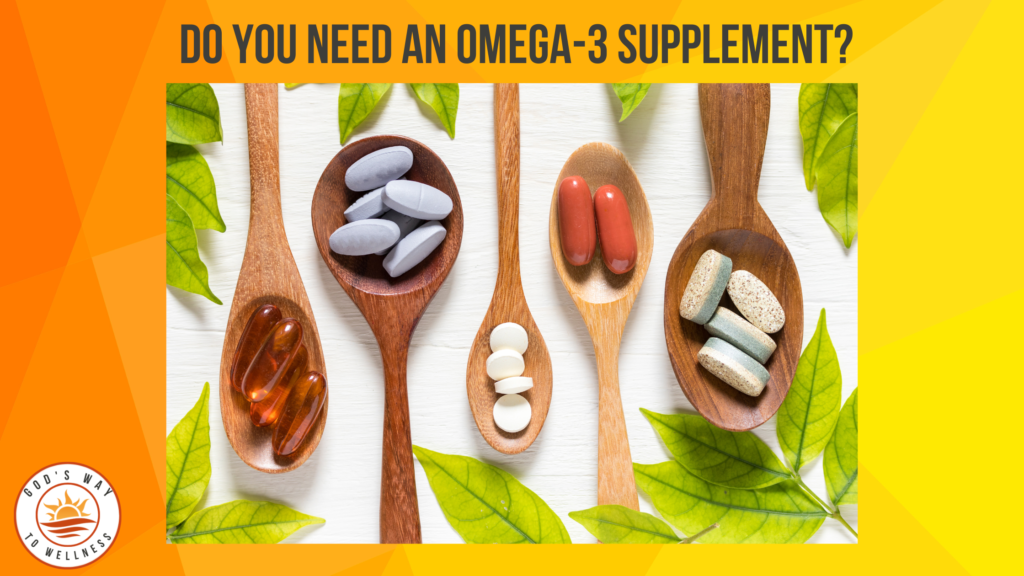Hamburgers cooking on the grill smell delicious! But leftover burgers never taste as good the next day. Did you ever cook a sumptuous meal, and discovered the taste of leftovers the next day was disappointing? There’s a name for that—warmed over flavor, or WOF. It’s a chemical reaction in cooked and refrigerated or frozen meat, especially fatty meats like ground beef, producing off odors and flavors when reheated.
WOF plagues the processed food industry. Consider processed foods containing meat or high fat ingredients such as pizza, canned soup and stews, frozen entrees, hot dogs, sausage, bacon, canned meat, gravies, macaroni and cheese, and heavy cream sauces. We buy these convenient pre-cooked foods to reheat and fix quick meals.
Why is salt added to processed foods? Because it is a remedy for WOF.
Flavor and texture enhancer in processed foods
Without salt and other chemicals, processed foods would be rancid, rubbery, and taste like cardboard or damp dog hair—disgusting and inedible because of WOF. 1
Salt and other chemicals enhance the flavor and texture of processed foods to make them edible.
Some foods may not taste salty but still be high in sodium. Food processing companies use other sodium chemicals, such as sodium phosphate, which may cause side effects, especially in people with kidney disease.
Monosodium glutamate (MSG), which adds umami flavor to savory foods like meat and fish, is a flavor enhancer of processed foods. However, MSG can cause reactions in sensitive individuals.
Sodium nitrate and sodium nitrite are used to add pink color and saltiness to cured meats such as sausage, bacon, and hot dogs.
Campbell’s beef and vegetable soup
Consider a staple of my childhood, Campbell’s beef and vegetable soup. I assume it contains precooked beef, so you can just add water and heat it up. Is there really beef in it?
When you look at the ingredients, you notice “Modified Cornstarch Product”, which contains beef, beef broth, salt, modified cornstarch, sodium phosphate, black pepper. The soup also contains monosodium glutamate, caramel color, and natural flavoring, which is just another name for chemicals. All these ingredients are there to make the soup look appetizing and taste better.
Ingredients in Campbell’s beef and vegetable soup
Beef Stock (Water, Dried Beef Stock), Carrots, Potatoes, Seasoned Beef, Beef Broth And Modified Cornstarch Product (Beef, Beef Broth, Salt, Modified Cornstarch, Sodium Phosphate, Black Pepper), Toasted Barley, Green Beans, Peas, Tomato Puree (Water, Tomato Paste), Modified Cornstarch, Celery, Contains Less Than 2% Of: Salt, Yeast Extract, Beef Stock, Monosodium Glutamate, Dried Onions, Caramel Color, Hydrolyzed Wheat Gluten, Citric Acid, Natural Flavoring, Beef Tallow, Hydrolyzed Soy Protein, Dried Beef, Garlic Extract. Contains: Wheat, Soy.
I wonder what “Modified Cornstarch Product” would taste like without all the sodium?
Why reduce our salt intake?
The recommended daily value (RDA) for sodium is 2300 milligrams. Most Americans eat an average of 3400 milligrams per day. The FDA reports over 70 percent of our total sodium intake is from sodium added during food manufacturing and commercial food preparation.
However, the health consequences of a high sodium intake are not definitive. Some studies show little or no effect of salt on blood pressure, but the American Heart Association still recommends only 1,500 milligrams of sodium per day.
This study proposes a U-shaped curve for the health effects of salt. Researchers reported an increase in cardiovascular disease in subjects with both very high sodium intake and very low. So, it seems a moderate amount of salt in the diet is preferable.
How to reduce our salt intake
Reduce processed foods
The problem with sodium is not the salt shaker on the table. The problem is processed foods.
Therefore, start by cutting down on processed foods. Don’t worry about adding salt to foods cooked at home.
In addition, the addiction to salt is easily reversed, unlike the addiction to sugar. Stop eating processed food for a while, and in just a few weeks, you lose your taste for salty foods. 2
Foods high in sodium include deli meats, soups, snacks, pizza, hot dogs, sausage, bacon, processed cheese, soy sauce, packaged rice and pasta, baked goods including bread.
Read nutrition labels for sodium
As a general guideline, choose products with as few ingredients as possible, preferably less than 4 or 5. The first three ingredients are the most plentiful, so pay attention to them. Do not depend on the claims on the front label.
Don’t rely on “reduced salt” or “reduced sodium” claims. Reduced sodium is relative to the primary product. Always read the food labels for the sodium content.
Look for these ingredients on the labels of processed foods: baking powder, celery salt, garlic salt, meat/yeast extract, monosodium glutamate, (MSG), onion salt, rock salt, sea salt, sodium, sodium ascorbate, sodium bicarbonate, sodium nitrate/nitrite, stock cubes, vegetable salt and anything starting with sodium, not just salt (sodium chloride).
Cook real food
Instead of depending on processed foods, plan and prepare real, whole food at home. Freshly cooked food tastes better! But what to do about leftovers?
Repurpose leftovers by adding fresh herbs and sauces. Lime or lemon juice function as antioxidants to discourage WOF.
In addition, avoid reheating leftover meat if possible. Instead, serve cooked leftover meat and poultry cold, such as leftover chicken in chicken salad, or sliced cold on top of a green salad.
Final thoughts
In October 2021, the FDA released voluntary guidance for food manufacturers to reduce salt in processed foods over the next 2.5 years. Since this is not a mandatory edict, do you think anything will change? I doubt it.
Learn more by reading Salt Sugar Fat: How the Food Giants Hooked Us by Michael Moss. It opened my eyes to how the food companies have hijacked our taste buds and caused the obesity epidemic.
If you don’t want to read the book, I recommend this video.
Reference
- Moss, Michael. Salt, Sugar, Fat: How the Food Giants Hooked Us, pp 281. WH Allen, 2013.
- Moss, Michael. Salt, Sugar, Fat: How the Food Giants Hooked Us, pp 283. WH Allen, 2013.




Thanks for a reminder to cook!
Thanks for your comment, Mary Anne. It’s nice to splurge on eating out, but it’s healthier to cook at home. And cheaper!
reason to much salt is added to canned foods, its addictive, raises blood pressure and increases shelf life
Yes! The food companies get us addicted to the salt, sugar, and fat in processed food so we keep buying it.